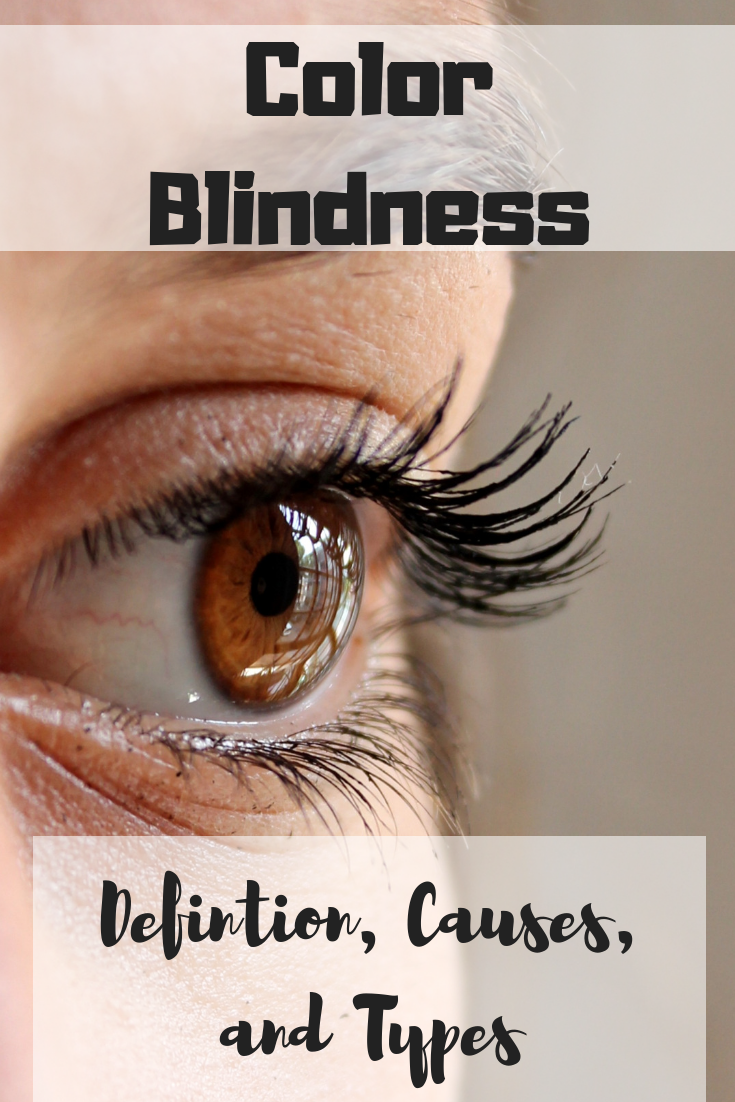How our eyes work has always been interesting to me. I did a project in 8th grade about it and since then it’s always interested me. I considered becoming an optician at one point!
Color blindness in particularly interesting to me. Even though I’m not color blind myself, there are several members of my family who are and we’ve taken maybe of those online color blindness tests over the years. Most of us don’t even think about what it would be like to be color blind, even though we hear about this expression all the time.

Color Blindness Definition, Causes and Types
What Is Color Blindness?
Color blindness typically affects more men than it does women and is something that is usually genetically passed down. Most individuals that are color blind can see clearly; however, their ability to see certain colors is impaired.
Imagine a world wherein the colors red, green, or blue or not highlighted for you. This is typically what a color blind individuals deals with. These hues are not as apparent for them as they are for other individuals.
That means green grass may show up as a pale hue as opposed to the beautiful bright green that it is.
Red, green, and blue are the colors that color blind people typically cannot see fully. Red/green color blindness is usually what most color blind individuals are afflicted with, as well.
These individuals have difficulty with colors that have the red/green hue to them. Blue and purple are also easily confused due to the fact that the red in the purple is unrecognizable.
Types, Diagnosis, and Treatment
While there are several types of color blindness, the best way to diagnose it is to have an examination with your optometrist. An optometrist can perform a color vision test, especially if you have a child that you suspect to be color blind.
There are several tests to measure impairments with color vision and your optometrist will be able to guide you further along the way. The most common test is the test utilized to detect red/green color impairments and defects in your vision.
There is typically no substantial treatment for color blindness. Sometimes visual problems occur due to simple aging, the use of medication, or an eye injury; treatment, if any, would depend on the cause.
If a cataract, for example, causes color blindness then removing the cataract would most likely treat the symptoms.
Colored contact lenses or filters and special glasses that will aid in blocking glare may be a temporary aid; however, some individuals feel that these aids do not offer much assistance.
Therefore, if you think that you or a child in your family may be affected by color blindness, it is important to get tested as early on as possible. Passing this information on to the important people in your child’s life is what can make their lives more successful.
